I recently got the chance to chat with Edmund McMillen, the creator of Super Meat Boy, The Binding of Isaac, and the upcoming card game Tapeworm. We talked about what got him into designing video games in the first place, what keeps him coming back to Isaac, and branching out into creating tabletop games.
You can back Tapeworm on Kickstarter right now by visiting tapewormgame.com.
If you’d prefer to listen to the interview, you can hear it on one of our podcast episodes.
Rob: Obviously we’re here to talk about Tapeworm and how that’s going to be coming out on Kickstarter, but I have a lot of other questions cause I’m a big fan of yours to begin with and the games that you make. So, there was a panel that my podcast network did at PAX East, this most recent one, which somehow happened right before all this craziness happened.
Edmund: You lucked out.
R: Yeah, right? We did a panel on the most influential games of the past decade and my number one was The Binding of Isaac.
E: Well, thanks. I got snubbed like crazy. I thought I’d at least make somebody’s top 20. I don’t know if it was from the controversy of Nicolis or what, but I got snubbed. Super Meat Boy is in there too. I didn’t get any mentions in most of the bigger websites, but not everybody likes me so what are you gonna do?
R: That’s shocking to me that it didn’t get more attention. For me, it was the first procedurally-generated game that I ever played and that was a completely new concept. Was that fairly new to you or did you have a lot of influences that had that concept already?
E: Before I was developing it, I knew I wanted to do a roguelike. I had been playing a bunch of roguelike games. The only one I could really get into was called Stone Soup, but it was a version of Crawl, which used to be all ASCII art and then someone did an art visualizer for it. I could not hang with the ASCII art. It just didn’t work for me. I’m a visual person and I just want to see something, you know? Just any drawing. I got into that pretty deep and then around that time I think the original Spelunky had come out and a game called Desktop Dungeons, which had randomly-generated elements and they pulled from the roguelike genre a lot. And I was like, “Oh shit, this is pretty untapped.” I wanted to make a roguelike.
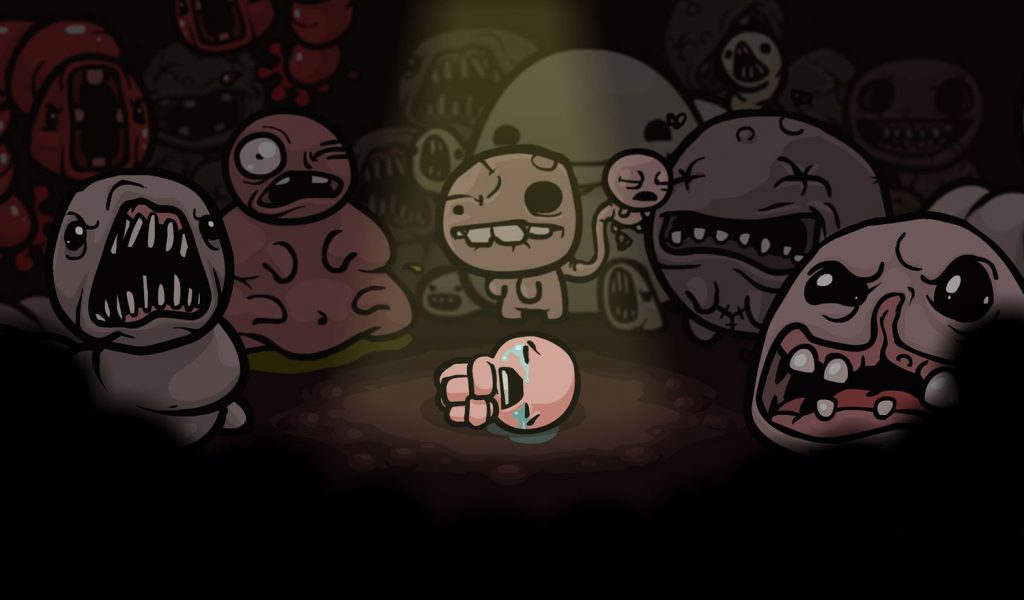
It’s just kind of funny how things fell into place because I originally made The Binding of Isaac as a prototype to kind of learn how to do a roguelike so I could make a good roguelike. So the good roguelike that I wanted to make was called Mewgenics, which ended up never coming out. But I’m actually working on it now, almost 10 years later. When I was with Team Meat it just wasn’t happening. So, I prototyped this game which eventually became Isaac, which was just a three-month project that I made in Flash. I didn’t really expect it at all to do that because the only game that I knew of that kind of melded the roguelike genre into another genre was Spelunky, and no one really knew about it back then. It was pretty niche, pretty underground.
When Isaac actually initially came out not many people were really into it and it kind of threw them a bit. The idea of dying and then actually wanting to play again because it was a different game… that didn’t click with a lot of people, especially in reviews. I remember reading the IGN review, or it was another review, they gave it like a 7.5 or something and said it’s basically like Zelda. And it’s like, ‘Well you didn’t play the game because all you picked up on was what I was riffing off of and didn’t understand that you gotta play it. Even still to this day… like I’m really close friends with George Fan who made Plants vs. Zombies, and no one realizes this, that Plants vs. Zombies was one of the first deck builders long before Slay the Spire. It’s a deck builder.
R: Yeah, I never even thought about that.
E: Yeah, it’s based off of Magic: The Gathering, but he framed it in a way that you don’t always need cards in order to do that, but George was like, “Yeah I liked Isaac. I thought it was pretty good. I beat it and that was it.” I’m like, “What do you mean you beat it?”… “I killed Mom.”
R: “Ohhhhh noooooo.”
E: That’s the beginning of the game. You finally got to the point where you’re unlocking the game now. He had no idea, and if George Fan got that far into it, beat Mom and said, “I’m done with it,” how many other people out there have done the same thing? I just really wonder how many people jumped on the bandwagon, played it through and were like, “Oh, this is pretty good,” and then put it down not realizing that that was just the 10% mark when it came to anywhere in the original game at all.
R: It was one of the early games to do that. I feel like we were learning from Isaac. That taught us how to play a different kind of game.
E: I mean… sure. {laughter}
R: It taught me, at least. I’ll say that for sure. At what point was making games even an option? Because a lot of people don’t even think of it as like, “Oh, I can go make video games.” They’re just content to play them and never even consider the building aspect.
E: I remember, in high school, a few teachers actually saying, “Have you ever thought about getting into video games?” My whole thing was I knew that I would never work for a company that would let me do what I wanted to do and it’s one of those situations where I’m an okay illustrator, like I can get the job done, but there’s a million other people out there that are better than me at drawing. I’m an okay animator; it’s all shortcuts. I’m not a programmer, and I’m a designer, and a writer, all these things that I’m pretty good at.
When you work for a company, you’re just a cog in a machine, and how can I be like, “Listen, I’ve got this idea for a naked child that cries… No wait, hear me out… he’s bald and he cries on shit.” How is that going to go? There’s absolutely no game that I’ve ever made that I could pitch to a large company and have them take a bite. There’s no way that they would be like, “Yeah, that sounds like something we want to invest hundreds of thousands of dollars in.” I knew that in high school. In high school I knew that that wasn’t going to be it. It just wasn’t going to happen.
I wasn’t going to enjoy working for somebody and all through high school and even some of middle school, I was making comics and made mostly all independently and just self-published my stuff. Basically what I’m doing now, but with comics. Comics eventually dead-ended because I was barely making enough profit to reprint them at Kinkos. There’s no money in that, but I’m only like 18 or 19 years old. Gotta figure it out. By the time I was 20, I mailed Slave Labor Graphics my comics in hopes that they would pick me up and they thought my stuff was way too weird, which was crazy because they’re publishing like Johnny the Homicidal Maniac and the really early day Invader Zim-type stuff. Looking back, I remember thinking, “Oh my god, how is it different? It’s basically the same.” But now looking back, my stuff was really harsh, really weird, really dark. and very adult. So I can understand now.
But back then it was crushing, and I was like, “Ok, well I have no future in making money off of comics. What am I gonna do?” Around that time the internet was really exploding when it came to websites, so I decided I was gonna learn Dreamweaver, and HTML, and stuff like that. I actually took a few courses at the local college just to learn and I just skipped out once I knew what I was doing. So I failed all those things, but one of the classes was also Flash. So I learned Flash, Dreamweaver, HTML and then I was living with my grandma at the time and just stayed up, like literally days. I would do 48 hours to see how far I could push my body, basically converting my comics, my stories, my personality into this website which was called This Is a Cry for Help, and that was also the name of my comic. It started actually making me money.
I got picked up by Tom Fulp from Newgrounds who promoted my website. I started doing animations and I started putting them up on Newgrounds and animations turned into some minor interactive things. My claim to fame back back in the early 2000s was this thing called Dead Baby Dress Up, which is where the blue baby came from. It was the blue baby, but you dress it up. and it was a point-and-click, drag-and-drop scripting situation.
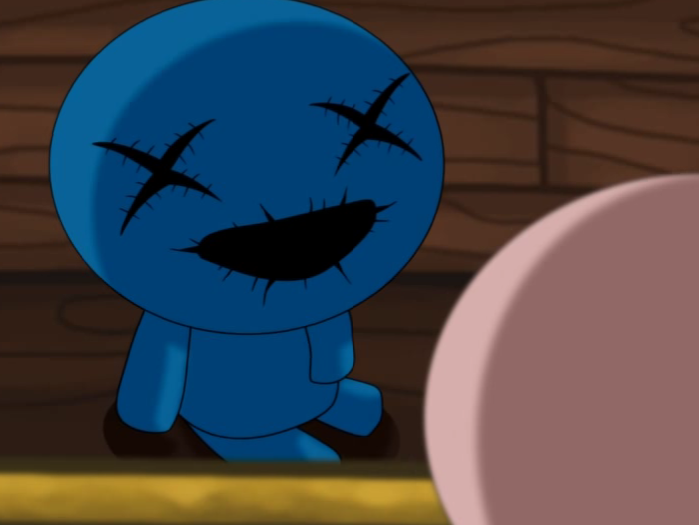
R: I remember the WWF one.
E: Yeah, the WWF one. {laughs} I was pretty into it. I was pretty into WWF back then. I was just having a good time doing whatever the fuck I wanted to do and for a few months I was making like $250 a month off of ads and then the internet crashed and everything was destroyed. So many websites went down and it just wasn’t an option anymore. A fan of mine from Newgrounds started doing Flash-scripted games and Tom was also doing Flash-scripted games and he asked if I wanted to work on a Flash game, and I was like, “Sure.” That was a game called Carious Weltling, which was my first “game” game.
I never even realized… I was already in the bucket of boiling water. I didn’t realize I was being boiled. I didn’t know I was making games. I thought I was just making animations. It never even dawned on me that I was making games, but I did. I made like two or three games with this guy and I had lost my job. I was an animal control officer. I lost my job and I was like, “OK, I want to try again to make a living off of my work.” In searching around, I found a company that was just down the street from me which is an independent studio called Chronic Logic and they were looking for somebody. They ended up paying me $400 a month to just do all the illustration work that I could for them and eventually I pitched them a video game idea, which was Gish, and that opened this door.
They showed me this whole world of independent video games, and the IGF, and GDC, and it was this untapped… it was a total wild west. You could do whatever you wanted. There wasn’t any money in it at all. Gish was considered a hugely successful game for 2004 and it made enough to pay rent for maybe a year or year-and-a-half and that was it. It was done. Record-breaking sales back then, I think we sold 112 units once when we got linked on Penny Arcade in 2004/2005. You compare that to now where I think one of the first Super Meat Boy sales we sold 140,000 units in a day or something. It’s a totally different situation. But yeah, that’s how I started and I didn’t realize it. It was just this natural progression into it, and I ended up utilizing all the stuff that I’d learned previously. The main one being, how to be independent, and how to be self-motivated, and how to do your own projects and keep things moving. Eventually, by 2008, you could start making money off your games, and that was basically it.
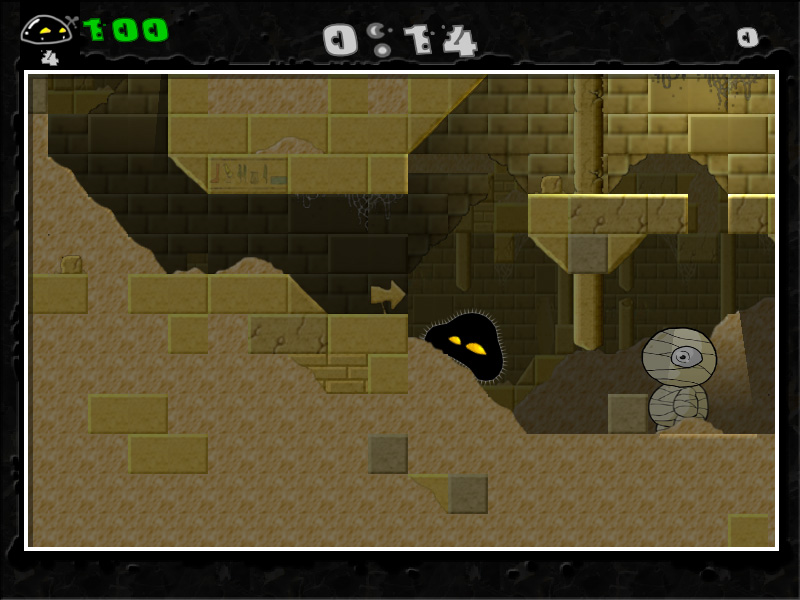
R: You mentioned illustration a few times, and you have a very distinct style that a lot of your games share. Where does that gross/cute combination originate from?
E: I think the short answer is Garbage Pail Kids and Ren & Stimpy. Growing up, I always drew. I was really into Ninja Turtles and stuff like that, which also had a gross/cute aesthetic to it too, especially the bad guys. I was all about the bad guys, especially the action figures. There was this one called Mutagen Man…
R: That you put the ooze in? I had him.
E: So that made this big impact. That character and Muckman, Pizza Face, there’s a bunch of really cool, really gross designs that were really neat. Garbage Pail Kids were all gross too, which had a bit of a cute aesthetic, and then Ren & Stimpy came out and I was all about it. I remember recording episodes of Ren & Stimpy and then actually pausing it, and then redrawing all these different keyframes on paper. I was super obsessed with Ren & Stimpy. I guess out of that it just became a thing. I just kind of figured out I could get away with so much by making things cute. You could just go real dark. Because if you describe any of my games to people they sound horrific, but when you see them… like you know when I say I made this thing called Dead Baby Dress Up… Who wants to see that? “No, no… It’s just a little baby doll. It’s just a cute little design. It’s not anything to be scared of.” But then I can get away with it. It’s kind of fun playing around with those things.
R: So, I used to teach a video game design class at a high school level and one of the things that I would show the class all the time is the scene from Indie Game: The Movie where you’re describing how to use different elements in Super Meat Boy. Like, you have the cutters and you have to use them more than one way in order for it to be effective. Is that something that you self-taught or was that just natural learning?
E: I assume I learned it from Mario and stuff like that, subconsciously. But for me it was just one of those things where I played bad games. Growing up, especially with Nintendo and stuff, they produced some really shitty games, especially games based on IP’s and movies and stuff like that, and you learn right away what not to do. And a lot of what not to do is just redundancy. I’ve always been the traditional ADD child. I need to be stimulated constantly, and I don’t want to ever feel like I’m seeing the same thing over and over and over again and having to do the same thing. So for me, that was it. It’s just a ruleset that I knew that I had to do and it goes for visuals as well.
Even with Super Meat Boy, I focused on keeping each of the levels a different hue. The colors change, the environment changes, and things progress. I don’t want it to look the same because the same means boring, and you never want to keep doing the same thing over and over again. So for me, it’s that and then adjusting the value of something where when you add a new mechanic, if it’s good, you don’t want to use it once. But you also don’t want to just use it forever. You don’t want it to be the only thing you’re doing over and over and over again. So my rule was, a mechanic is only good if I can find three other ways to use it and utilize it in interesting ways. Then we can combine it with different other things later on. You just always want to switch it up, and I think that’s always been a rule of thumb for me.
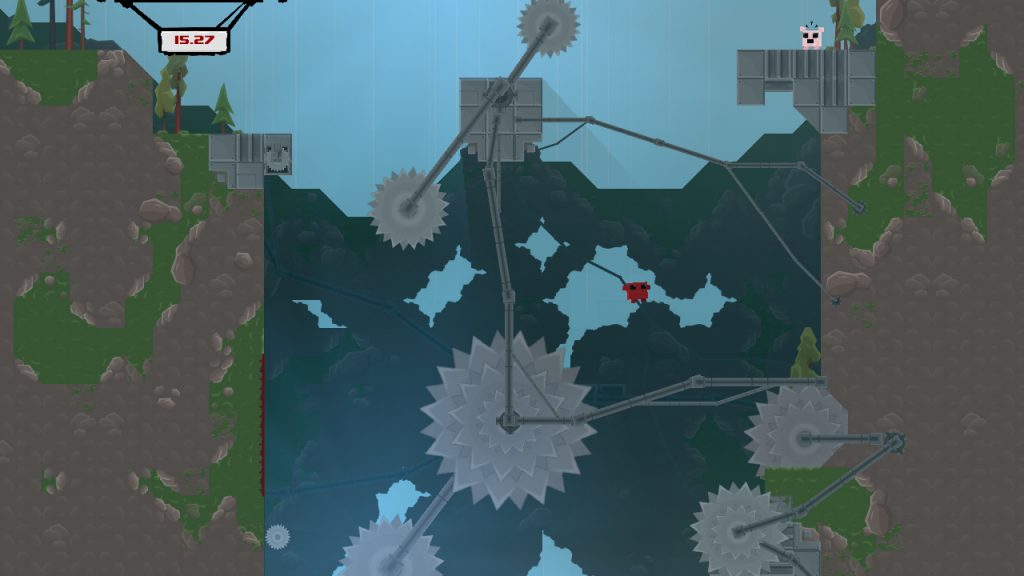
R: If you’re someone that needs that constant stimulation, how do you find the focus then to work independently? Because I imagine it’s very hard to self-motivate.
E: It’s never been hard for me. It’s kind of a curse. If I’m not being creative and I’m not doing things, it goes dark. I get depressed. I get self-destructive. When I’m idling it’s just the worst thing in the world for me. It’s very uncomfortable. I think, as a kid, I always made projects for myself to get myself out of my head because it was such a terrible place to be… where you’re just sitting there and listening to terrible things that you’re telling yourself. So for me, it’s always been an escape. It’s been a way to stop myself from obsessing over all the horrible things that can happen to my wife, my child, myself. It’s like a shark. I need to keep swimming or I die. It’s a requirement. I need to keep being creative. I need to keep doing projects because that’s what makes me happy, and it makes me very happy, and that’s why I do it. I’m just not one of those people that can be easily fulfilled with other things, I guess. I’ve learned that the amount of discomfort that I feel will motivate me to the point of never stopping. {laughter} That’s all I can really say. I guess I require a lot of stimulation.
I’m always looking for the next thing even if it’s not creative. Like, last year I got into D&D. I was really into D&D as a kid, but my friends would never play right. They would just be dicks and they always wanted to go smoke pot and it was terrible, but I got into it again recently and it’s just been this new thing for me… this whole new world that I really love a lot. I’m always open to new things and in a lot of ways, Tapeworm is like that. It’s this thing that popped up and I really want to do it, and I’m going to do it and for Studio 71’s sake I hope it does really well.
R: And Tapeworm’s not even your first foray into tabletop gaming because you had Four Souls before this. What was the impetus behind moving from video games… obviously you’re still doing video game development too, but to branch out into the tabletop area?
E: I dabbled in it, briefly, around the time of development of The Binding of Isaac. Right after Super Meat Boy ended, in an attempt to avoid the inevitable postpartum depression that you feel after working on a project for two plus years, I fill myself with stuff. I just get busy. I started working on The Binding of Isaac, Tapeworm, and Mewgenics. Those were the three projects that I was working on and sketching up and focusing all my attention on.
I didn’t think anything was going to happen with Tapeworm cause it was a physical card game. It was just something that I wanted to do and I shelved it for 9 years. When Studio 71 approached me and they were like, “Hey, can we license the IP for The Binding of Isaac to make a board game?” I’m like, “Number one… no. It’s not gonna happen. What do you mean ‘board game?’ What are we talking about? Do you have an idea that I don’t?” and they’re like, “No, but we’ll find somebody to…” OK, well if I’m going to do this, I’m going to do it myself. This is what I do. I kind of blew them off and scoffed at the idea, but the seed was planted and it was planted very deep. It was just one of those things where it was like, if I did do it… how would I do it?
If I could do a Binding of Isaac board game, it would have to be a card game. I want it to be multiplayer. All the stuff just started falling out of my head and I just started collecting it. I came up with a prototype. It took a year. I was just thinking about it and I remember I got really sick and I couldn’t do anything, and I just started sketching up ideas for the card game again. I called them and luckily it wasn’t too late. I was like, “Hey, is that still on the table? I think I might have something.” I think I told them that too. I told them, “Naw, it’s not gonna happen, but I’ll let you know if I ever come up with an idea.” If I ever come up with an idea that I’m proud of and I wanna shop around and actually want to get people to buy, then I’ll contact you… and I did. Then it kind of snowballed, like literally within 3 days they were at my house after that. I was just like, “What the fuck’s going on?” and they were like, “The Kickstarter starts next week,” and I’m like, “What? I just sketched all this together. I don’t know what’s going on.” It was a wild ride, but a very fun one.
I think one of the reasons why I’m doing Tapeworm is to recapture that. It was a very fun, dynamic campaign. It was a neat experience for sure, and it was something I got to also do with my wife which I’ll be doing again with this.
R: Is the process of developing a tabletop game very different from a video game or a lot of the same stuff?
E: No, it’s totally different. It’s easy, it requires one person, and you just kind of sketch ideas down on paper and you can test them right in front of you. You’ll know what works and what doesn’t, and then once you got the prototype, you invite people over to play and then you just watch them play. If there’s a problem with something, if they’re not understanding a mechanic, you write down, “OK, here’s the issue that I need to solve tonight once we’re done.”
With Tapeworm we prototyped so many different things and we edited on the fly and one of the things was, “Hey, I noticed that you can actually make a circle that encompasses itself. Like, you can connect stuff all the way around and it becomes this ring.” That’s really cool. I should try to find some way to reward the player for doing that. So, I called it a ringworm and I made it a major mechanic where if you actually can make the ring, you can discard a card and that was your reward. But then in testing, that reward wasn’t that good, so we just decided, “Hey, let’s play a round where you discard two cards when you do that.” Then you started seeing people winning with it and it became like an alternate win condition. It was just so cool. So much of that happens from just playtesting and then saying, “Hey, now let’s play like this.” That’s it. It’s a breath of fresh air. It’s really cool.
The social interaction aspect is very rewarding and completely the opposite of working on a digital game because you’re just alone for forever. It’s just a world of difference. People don’t tend to not cross over back into board games because there’s not a lot of money in it. There’s not a lot of money in stuff that’s not digital. There’s no overhead. You’re not having to pay like 50% of your profits to just making the product. I think in a lot of ways, even with Four Souls… it did so well, but it wasn’t this big moneymaker for me and that’s not the reason why I did it. I did it just because I wanted to do it. I think that’s one of the less appealing aspects of board games vs. digital games, because with digital games, everybody knows the split with Steam is huge for the people involved and you’ve got places coming out the woodworks that are just offering more and more. The profit’s there. It’s very apparent. If I wanted to make a million bucks, I’d make another sequel to The Binding of Isaac. But I’m at a point where I want to do fun, interesting things that are challenging for me that are cool. Tapeworm is one of those things where I feel like I get to finally attempt to make a casual game in the real world.
In my mind, I remember… vividly… summer camp. It was the first time I ever had a girlfriend.The first time a girl was interested in me when I was 9 years old/8 years old. She was really into playing Uno and at summer camp we would all gather around to play Uno. There’s no fucking strategy to Uno. It’s just so fucking random. Nothing is going on but you feel good when you do stuff. It’s just chaos and you’re all playing. I have such fond memories of how easy that was to play and the idea of seeing kids being happy and doing things even though they’re not. Then just trying to think of like, how could I make a game that was like that, but you did actually do stuff? Like you could accidentally play stuff together and it would look really cool and make you feel good, but there would actually be another layer of strategy there that you can strategize and then realize, and be like, “Oh wait. If I hand this card to this person then that screws them over because there’s no open spaces on the board for them to play.” Something as simple as that. So really simple, rudimentary type, entry-level card game mechanics that do add strategy to something that feels as accessible as Uno. That’s kind of what I wanted to do. I just wanted to make something that anybody could sit down and play, like Uno.
R: Shockingly, we’re almost out of time already but I want to hit you with one more question because I’m super curious about it. The Binding of Isaac’s DLC Repentance is in the works. I’m just curious, it’s been like 10 years since Isaac came out, almost?
E: Almost…
R: What is it that keeps you interested in that game? Cause a lot of developers would move on at this point, and I am so happy you have not, but what is it about that game that keeps you coming back?
E: I think the thing that keeps me coming back the most is The Binding of Isaac is the most brutally honest thing I’ve ever made. The End is Nigh comes close. I think The End is Nigh might be my favorite game that I’ve ever made, but it’s one of those things where it’s my least accessible game. There’s such a high barrier of entry when it comes to difficulty and theme. But with The Binding of Isaac, I think I just keep coming back to the story because it’s by far the most familiar thing that I’ve ever written and everything about it just feels really true and honest. I feel no compromise… it was just balls to the walls honest craziness and I pulled from a lot of feelings growing up and stuff like that. I don’t know, it just represents me in a really perfect way so it feels very comfortable and I know that people really like it, my wife really likes it and she plays a lot.
It was different with this one, too. I really thought Afterbirth+ was the end. It definitely was. But then Antibirth came out, the mod, and then I instantly contacted these guys because there was something about… a lot of people are like, “There’s a lot of mods out there that are amazing! Why did you choose to work with these guys?” It’s because their head person, his name is Vin, there are certain aesthetic rules that I set in place with The Binding of Isaac. They are very difficult to explain and very difficult to abide to, for a majority of people, and this guy understood them. It’s hard to define this, but he never crossed the line and everything that he did felt like I could have made that. So it was kind of a weird situation where I instantly contacted him and like, “Number one: do you want to work on The Binding of Isaac? Because you are phenomenal.” He just had such an understanding of the game and then he also has this kind of young blood drive, like reminding me of me when I was younger, before I was jaded by the world. He just had such a hunger for being creative and in really doing good stuff and being true to my vision, essentially.
So we started working together and we worked on a bunch of booster packs, and he was just so fun to work with and I thought, “Hey, let’s just do it. Let’s just make a final expansion with all the stuff that you’ve done and then I’ll come up with some. It’s like 50% his/50% mine. Let’s just mash it all together. The stuff that didn’t work, I’ll make it work, and let’s just see what happens.” That was the key. That was the new element that brought me back in. The idea of working with a fan who grew up playing this and knew it as well, if not better than, me. It just felt really cool. I’d never really been in that experience before, that situation seems so cool… why not try it out? And that’s why I did it.
R: Well I’m certainly looking forward to it. I’m looking forward to Tapeworm, so I highly recommend people go and back that. Is there a URL or a social media that people should check out to get to that?
E: Tapewormgame.com I think will be used. Either way, if you follow me on Twitter then I’ll be tweeting about it constantly. I’ll be losing followers for the next month that’s for sure.
This interview was edited for brevity and clarity.


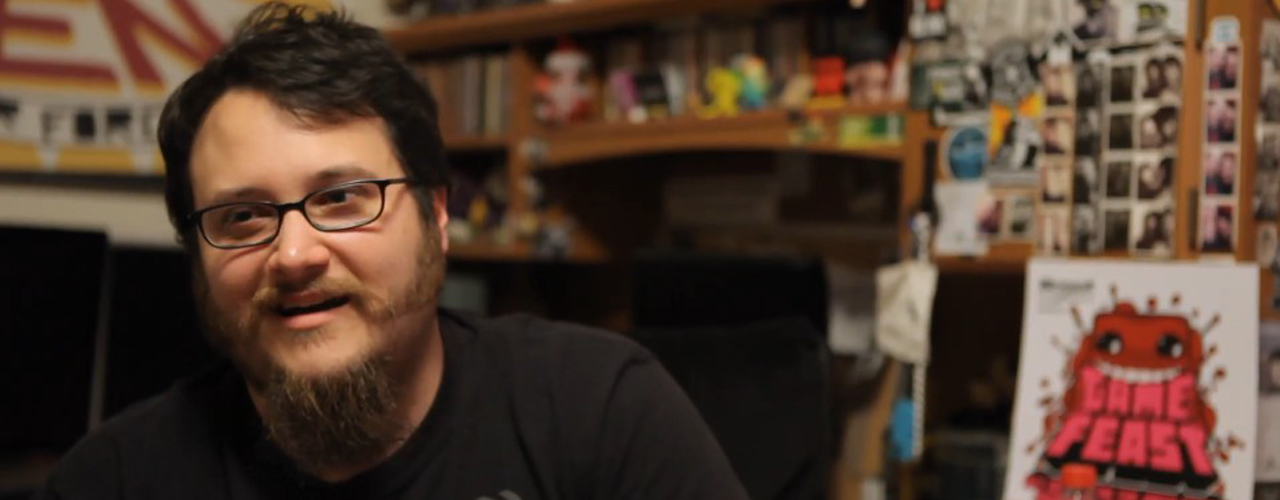
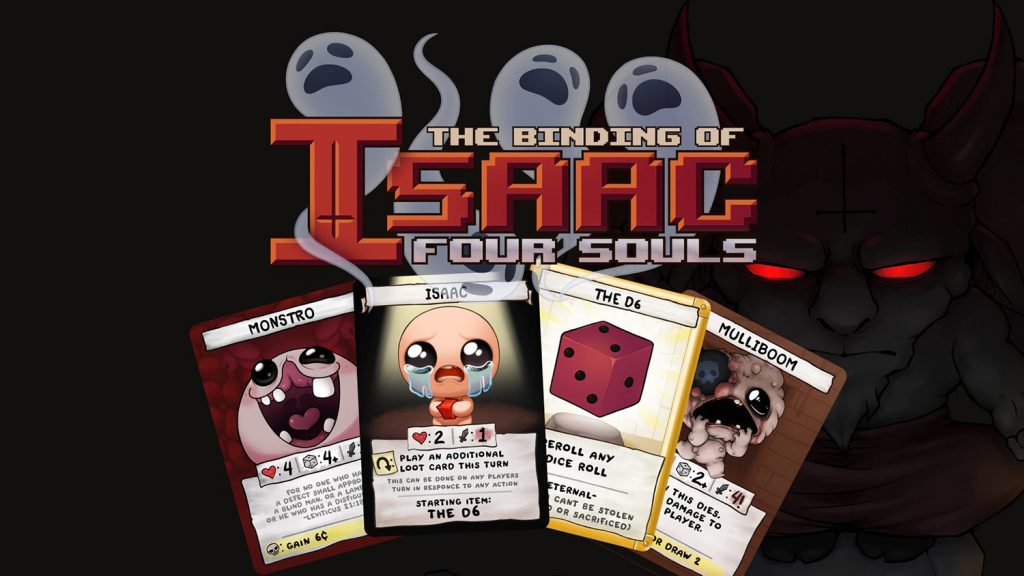
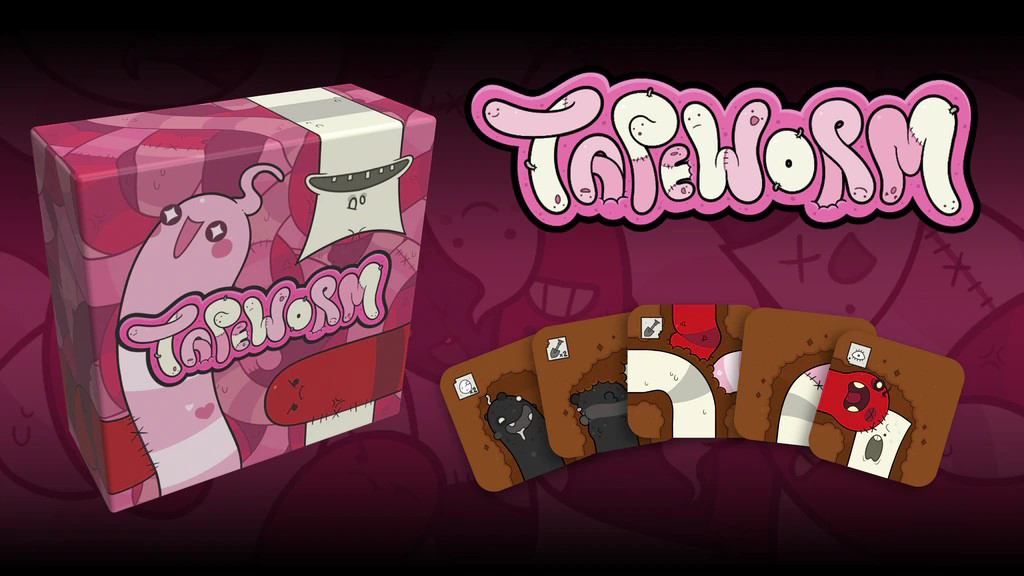
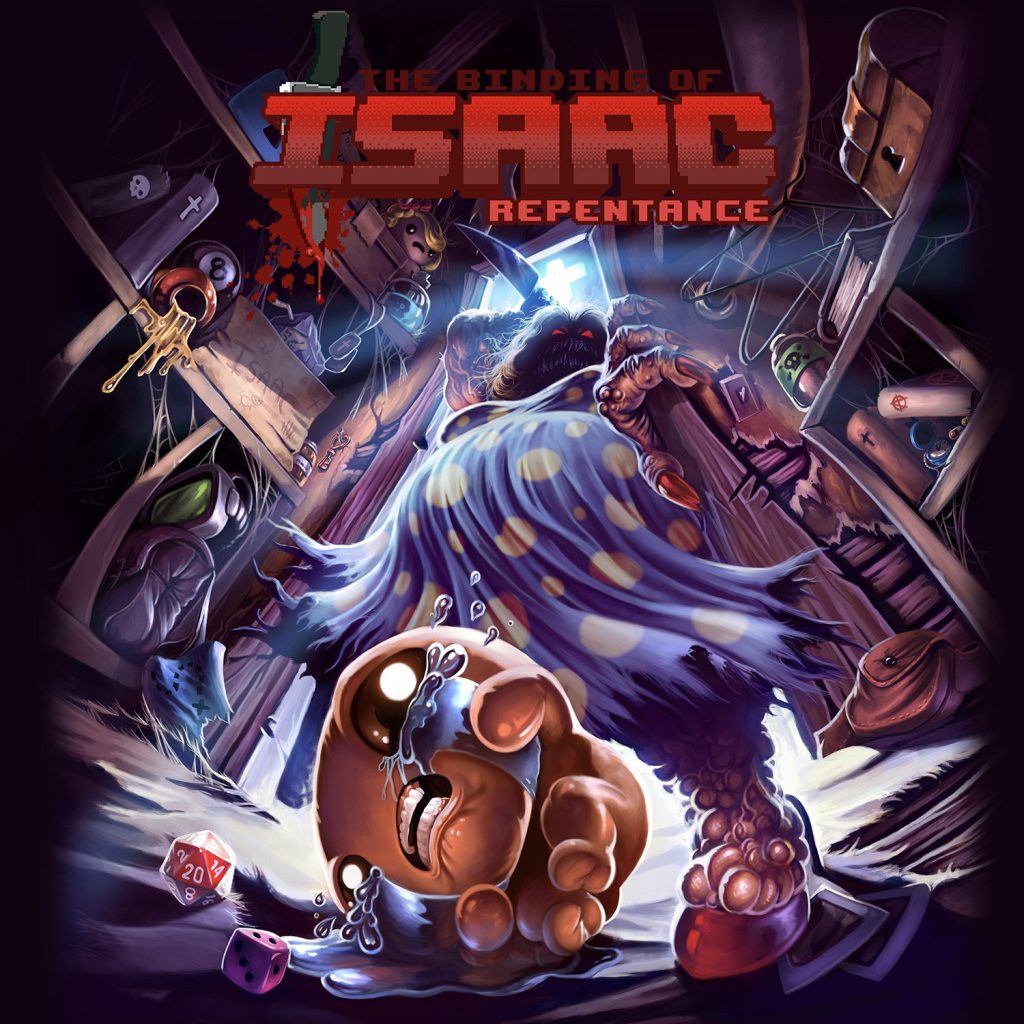





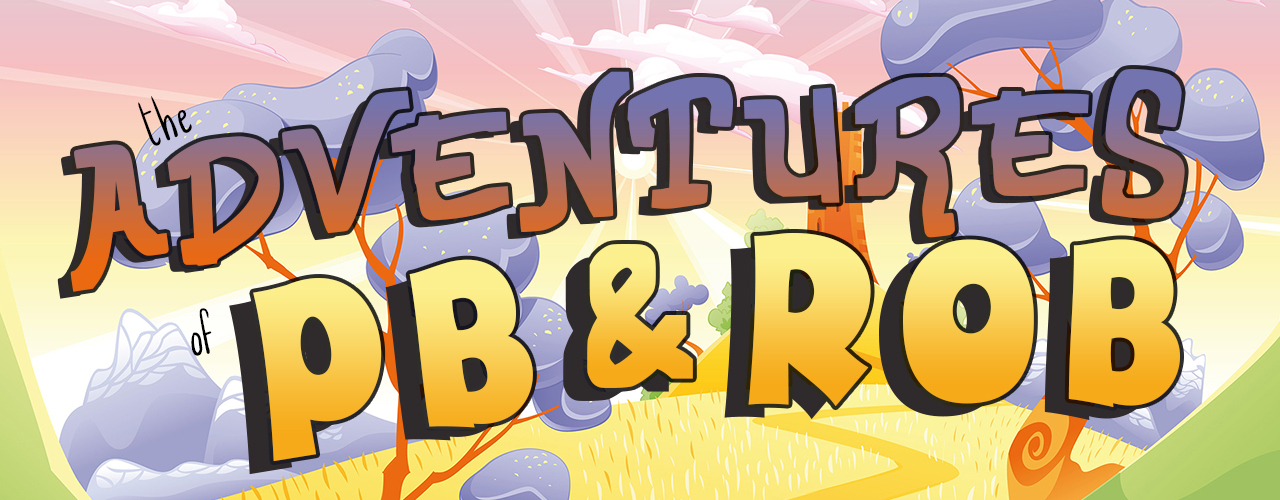
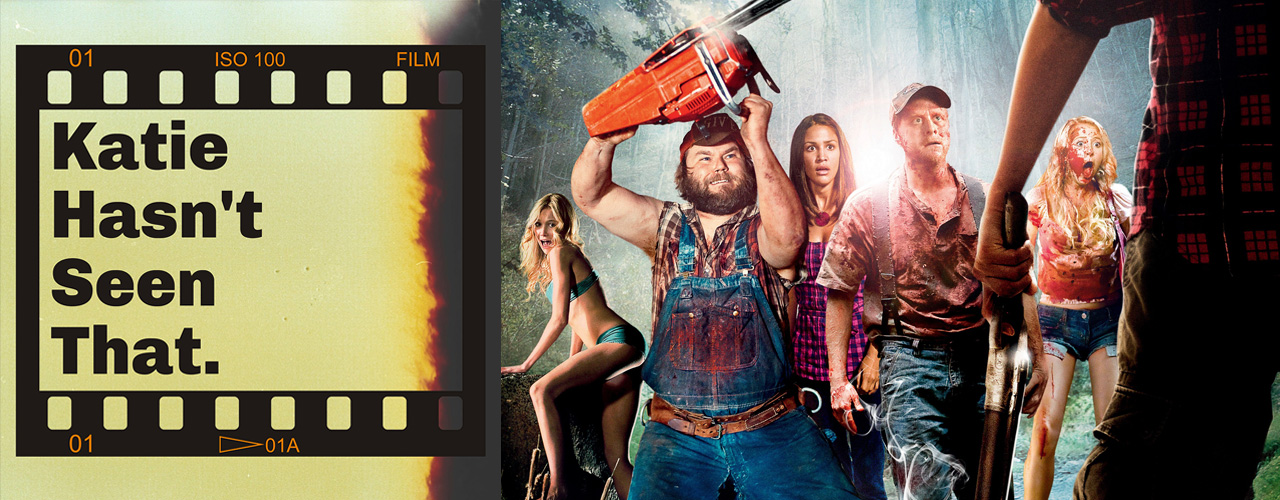
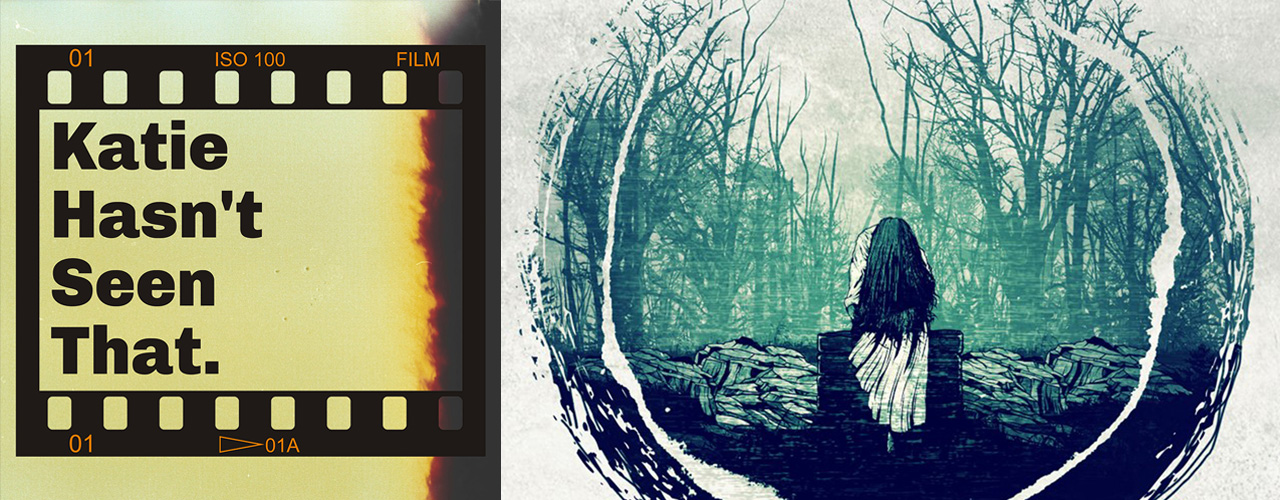
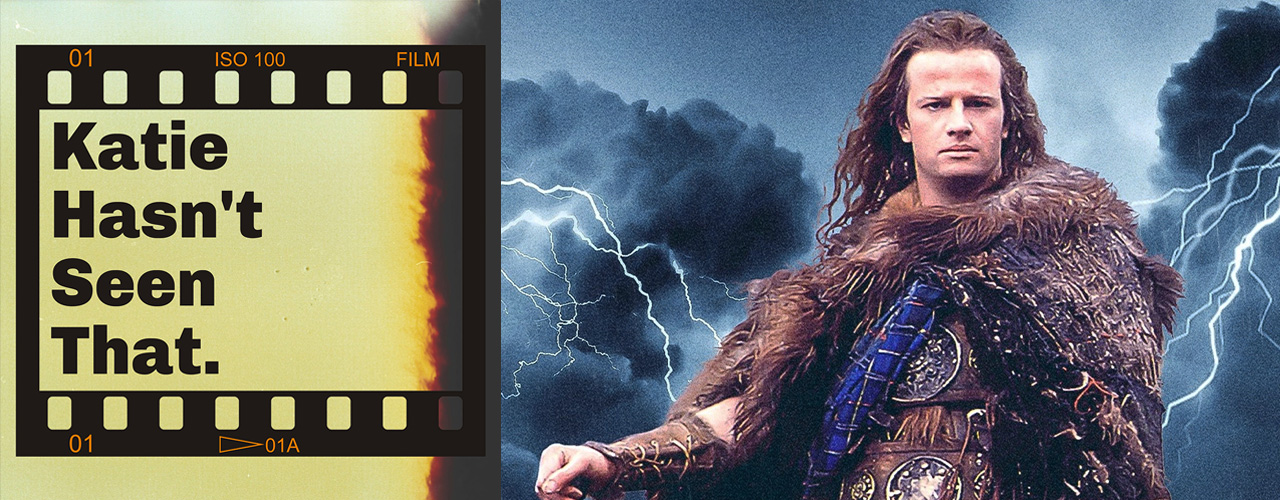




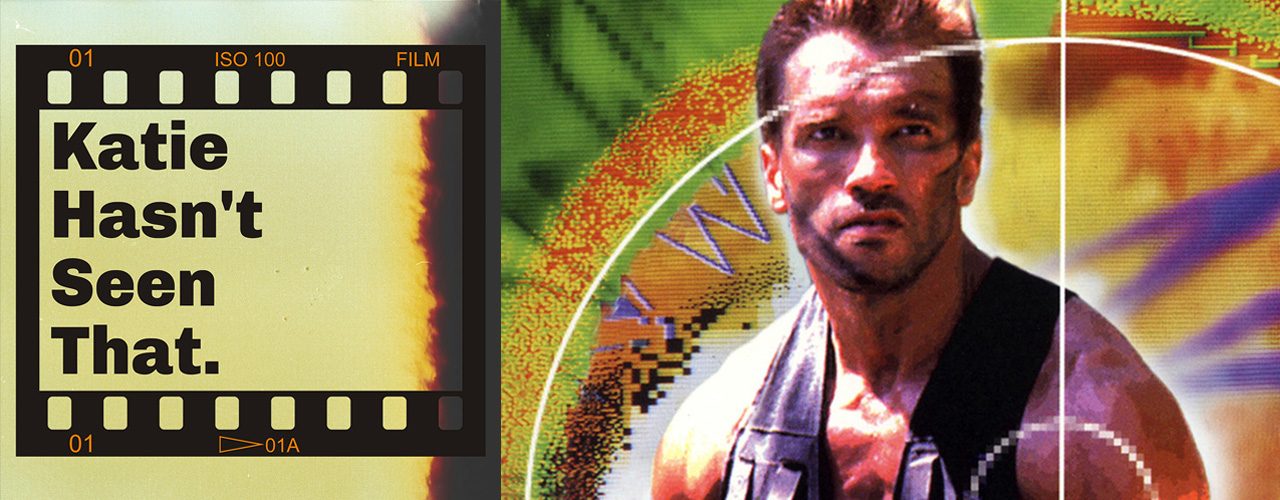
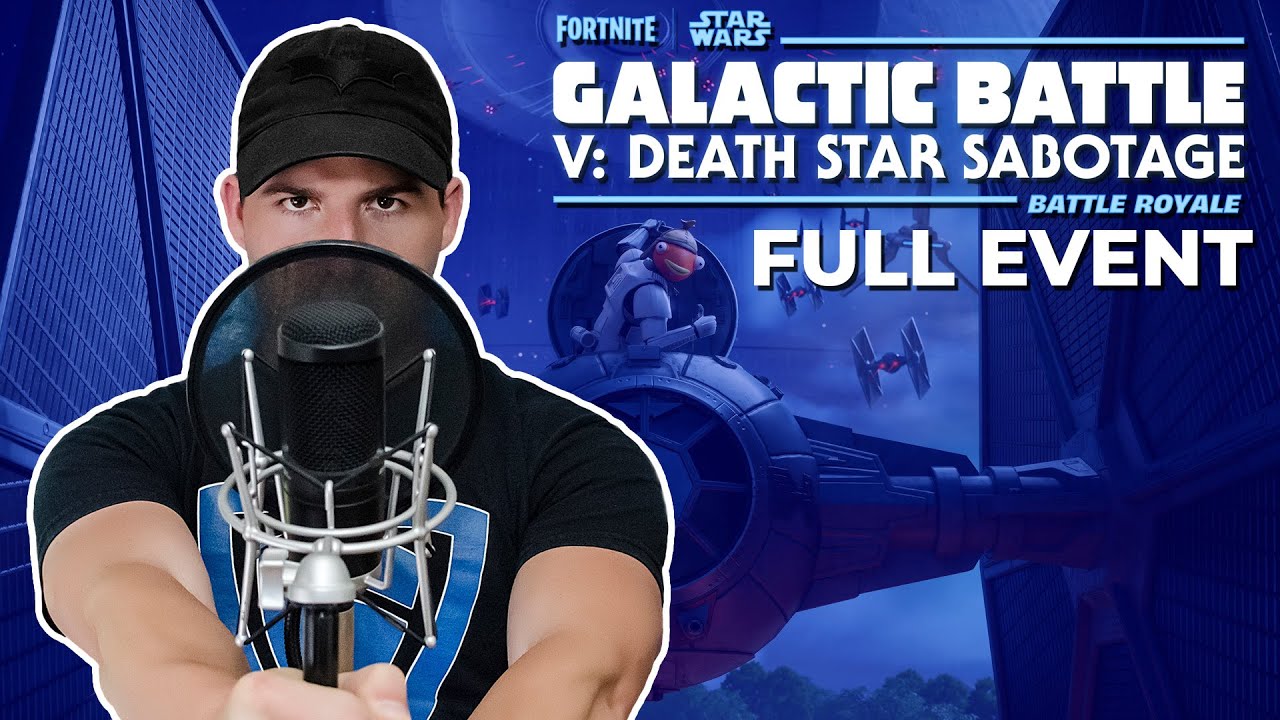

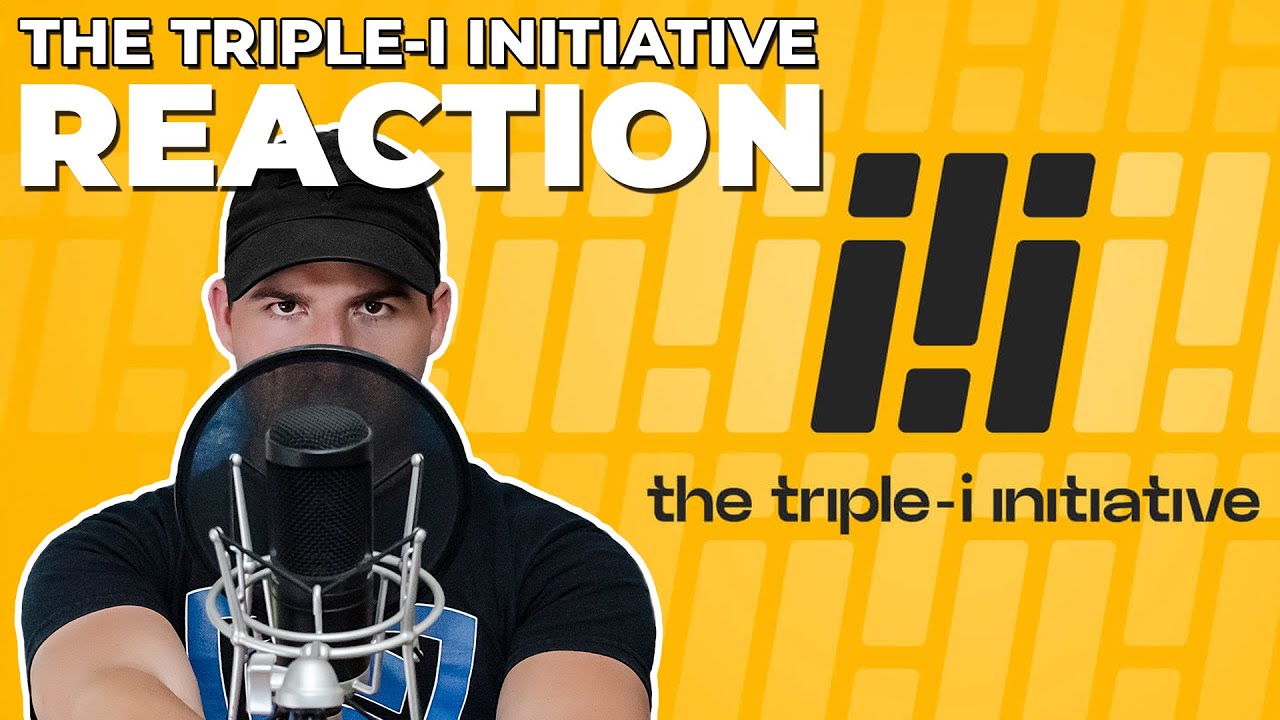
Add comment